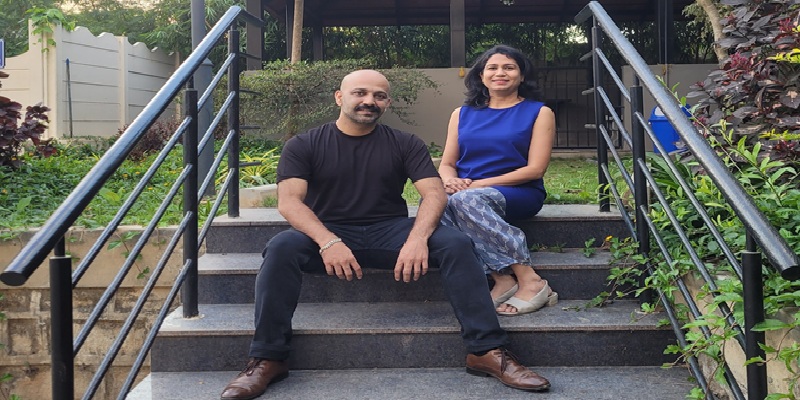Schedule a Call Back
Industrialisation and urbanisation drive the HVAC market in India
 Articles
Articles- Aug 29,24
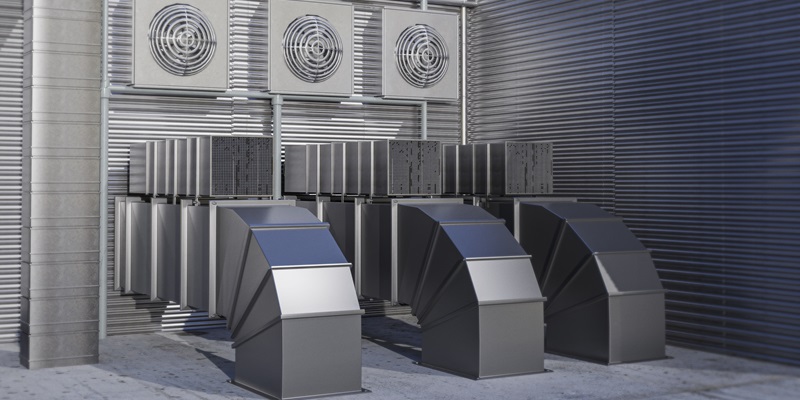
Related Stories

New Liquid Cooling Module from MAHLE Enters in Battery Storage
The company is leveraging its experience in developing and producing cooling modules for electrified buses.
Read more
Tata AutoComp to Showcase Railway Solutions at IREE 2025
The company’s joint ventures will enable end-to-end manufacturing and assembly of key railway components within the country, contributing to the Make in India and Atmanirbhar Bharat initiatives.
Read more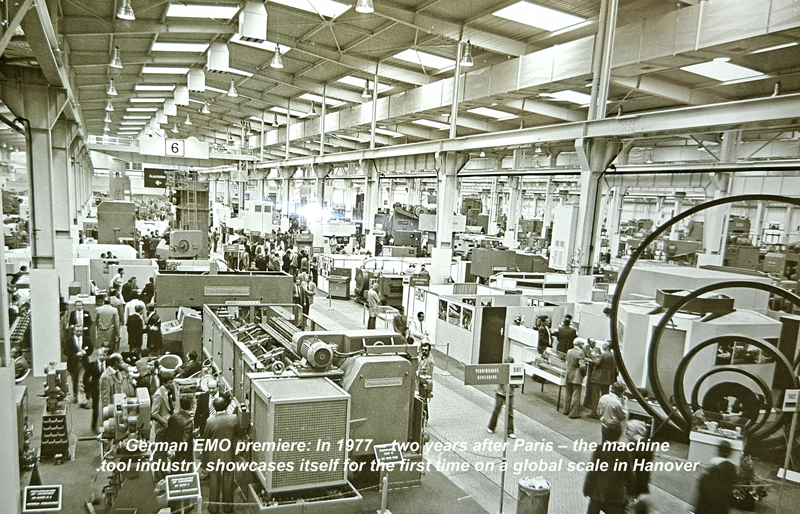
50 Years of EMO: People, Machines, Milestones
The success story of the world's leading trade fair – from "Bonjour électronique" to "Hello AI", says Nikolaus Fecht, a technology journalist, as he writes about the evolution of EMO.
Read moreRelated Products
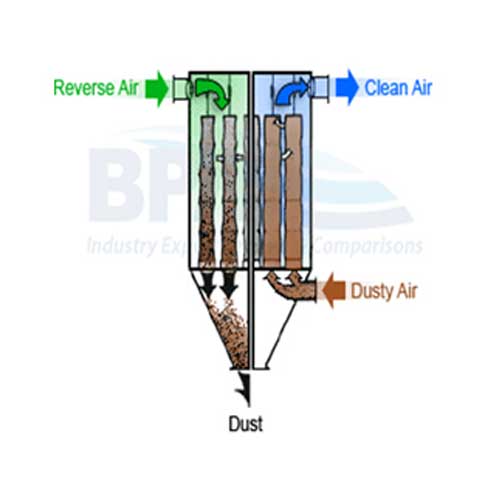
Reverse Air Bag House
ABR Enviro Systems offers a wide range of reverse air bag house.
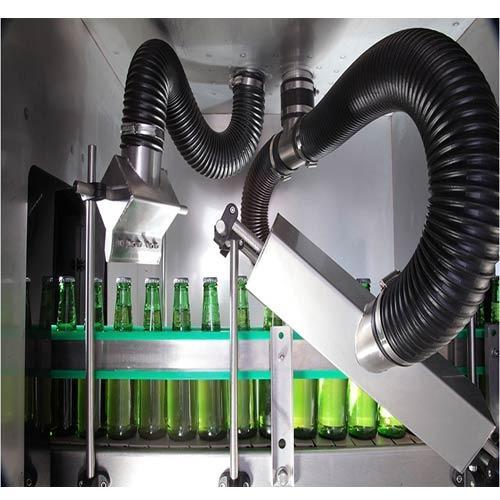
High Quality Air Knife System
Superchillers offers high quality air knife system. Read more
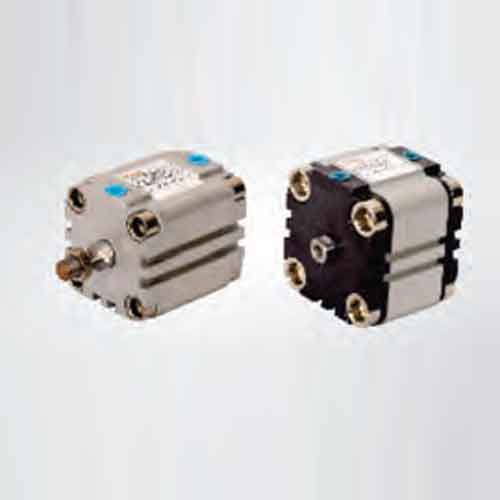
Compact Cylinders -Vadvu Series
Vijay Air Control offers a wide range of compact cylinders -Vadvu Series





